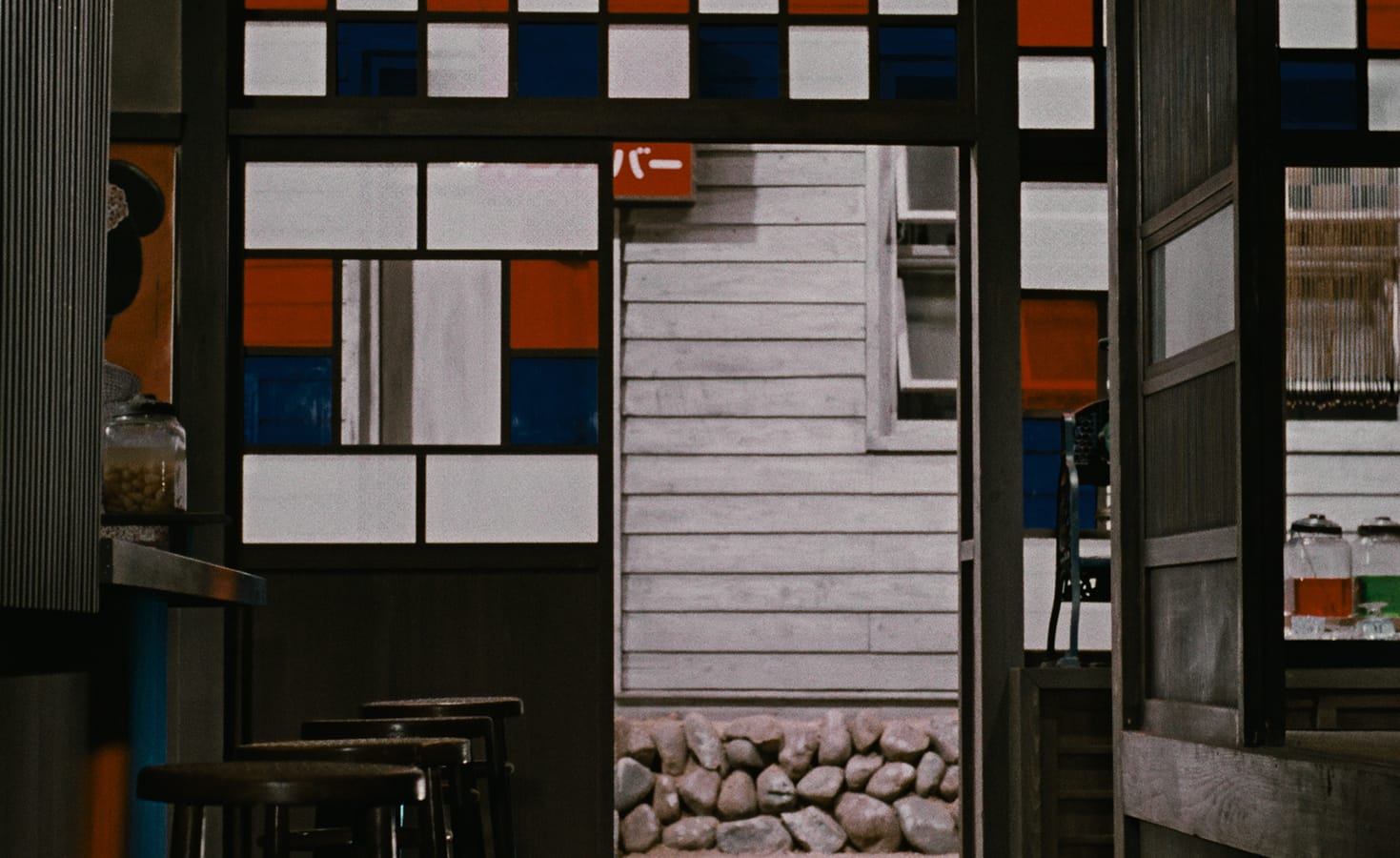Floating Weeds

Subtle, lyrical, and delicately bittersweet, Floating Weeds offers an excellent introduction to the cinema of Yasujiro Ozu—one of the greatest of all Japanese filmmakers, and until recently in the West, one of the least known.
“The Japanese . . . think of Ozu as the most Japanese of all their directors,” wrote film scholar Donald Richie of this master of lyric melodrama and low-key comedy whose career spanned the silent era to the post-war period. And from every angle it’s easy to see why. For while the period dramas of his great filmmaking compatriots Akira Kurosawa and Kenji Mizoguchi won acceptance in the West (as their stories sparked comparisons with our Westerns and “women’s pictures”), Ozu’s work was seldom seen outside Japan until some ten years after his death in 1963. His devotion to detailing everyday Japanese life, and his refusal to jazz things up with fancy camerawork and slick melodramatic formulas, made most distributors feel his work was unexportable—a quality that made the Japanese take Ozu to their hearts more than ever.
But times, and tastes, change and today filmmakers as diverse as Wim Wenders and Martin Scorsese rank Ozu as a master the equal of Chaplin and Rossellini in the delicacy of his observations of people and their lives. And as his large body of work becomes increasingly more available in the West, movie lovers are rapidly coming to agree with them. A remake of a story he first told in a 1934 silent film, Floating Weeds (1959) stands a bit apart from the bulk of Ozu’s work, which primarily dealt with the middle-class mainstream. But his favorite theme of the stresses and strains of parent-child relationships figure prominently in this story of a raggle-taggle theater troupe giving its final performances in a small fishing village.
Years before the action of the film began, the troupe’s leader Komajuro (Ganjiro Nakamura) fathered a son (Hiroshi Kawaguchi) by a local woman (Haruko Sugimura). Periodically he visited the boy, who was raised believing the actor to be his uncle. Now, with the company on its last legs, and the boy about to enter manhood, old Komajuro is anxious to make up for lost time, and become the father he never was to his child. But when his mistress (Michiko Kyo) finds out about the situation, she becomes overwhelmed by jealousy.
She bribes one of the younger girls in the troupe (Ayako Wakao) to make a pass at the boy, breaking his heart and bringing disgrace upon him, as actresses are considered socially unsavory—even by Komajuro himself. But her plotting goes awry when the young people actually fall in love. And Komajuro’s plans are also thwarted when the boy defies him—insisting on marrying this “unsuitable” girl. Everything comes out for the best for all concerned in the end, but not before each of the characters faces the fact that life involves both compromise and sentimental regret.
Given this scenario, most filmmakers would chart it out as a simple series of melodramatic “highs” and “lows.” Not Ozu. From the first shot, comically juxtaposing a lighthouse (background) with a sake bottle (foreground), to the last one of a train swiftly moving over a nighttime landscape, it’s plain we’re in the hands of a filmmaker whose prime concern is understatement and overtone. Rather than rush to the heat of a “big” dramatic moment, Ozu concentrates on the warmth of “small” ones. In scene after scene the way the characters walk, sit, stand, and speak is scrupulously observed. Time and time again, he gives the screen over to “minor” characters (the secondary actors in the troupe, always on the prowl for women) and even “unimportant” ones (passers-by, old people, children).
Nothing is “unimportant” in Ozu’s view. The story is not meant to stand as an “exceptional” dramatic incident, but rather as part of the context of the ebb and flow of life. “Unimportant” people and actions are part of this ebb and flow. In fact, so are the places and inanimate objects surrounding them. And so we are treated to lovingly photographed shots of banners blowing in the wind, gardens dripping with rain, empty small town streets. They punctuate the action, signaling the beginnings and ends of scenes. But they are also there to be seen for themselves in a manner that can only be called poetic.
As critic James Stoller has said, “If, to arrive at poetry in our time, we must sometimes go a long way, Ozu took us the longest way of all: back into the arms of a world we thought we had abandoned.” This abandoned world is nothing less than the one we inhabited as children—when each sight and sound was seen and appreciated by us as new. Ozu in Floating Weeds tells us a story, but at the same time he brings it to us through a child’s eyes. We cannot ask more of a film artist.




